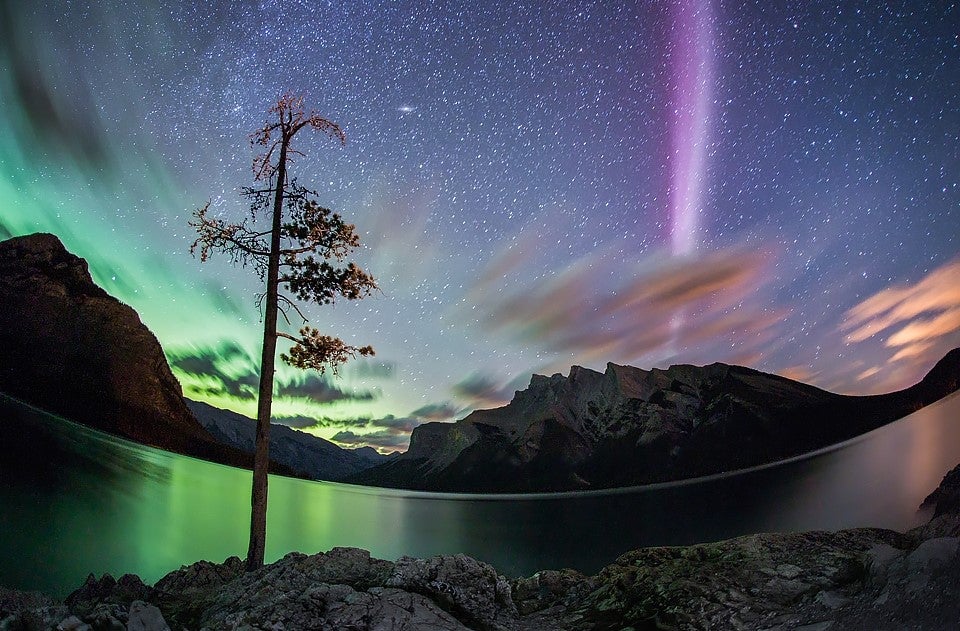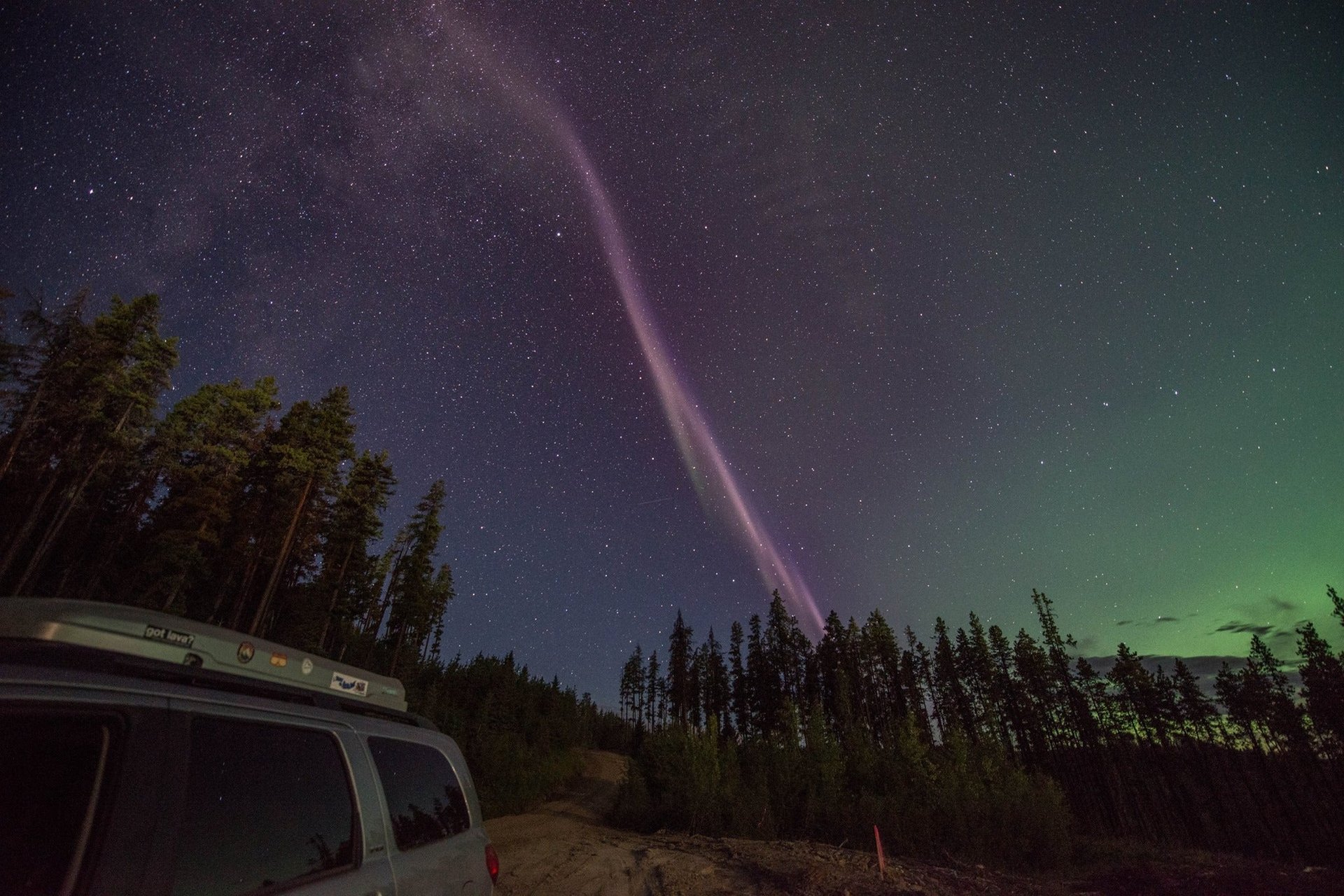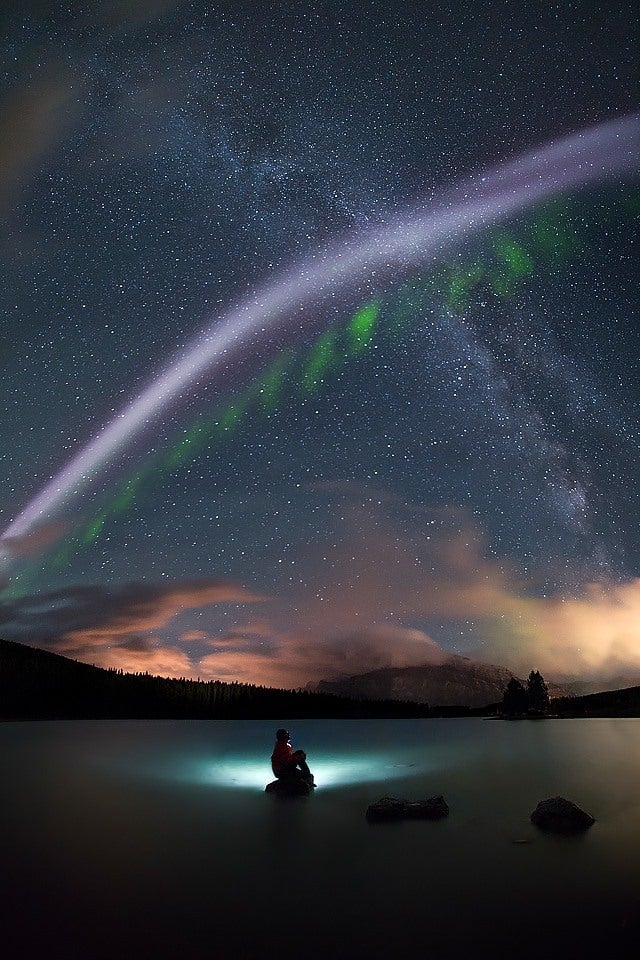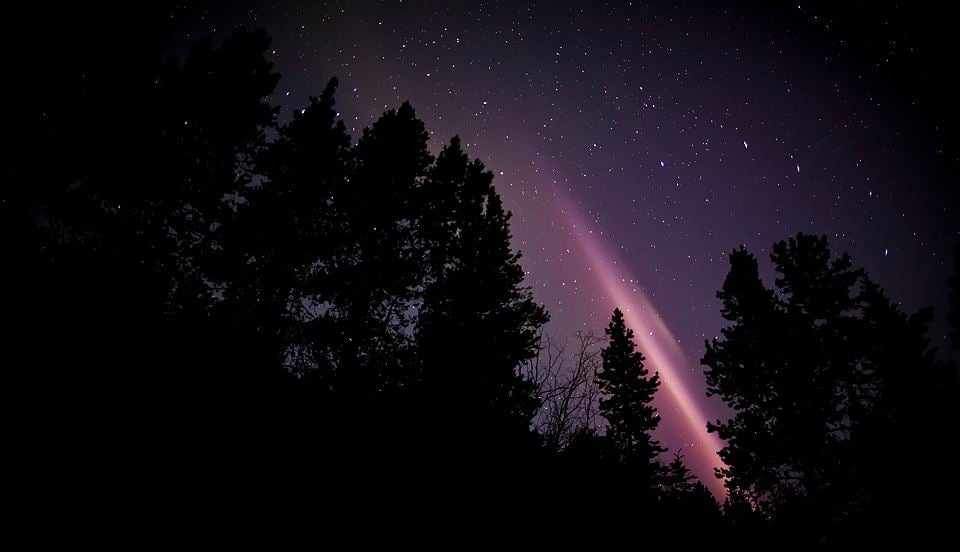There’s a stunning celestial phenomenon that’s officially named “Steve”
The saga of Steve continues. And this time, the northern lights-like celestial phenomenon is being officially recognized by research published in the peer-reviewed journal Science Advances.


The saga of Steve continues. And this time, the northern lights-like celestial phenomenon is being officially recognized by research published in the peer-reviewed journal Science Advances.
Steve looks like a neon purplish or green strip across the night sky, and it’s visible in Canada, though it’s not a streak of the aurora borealis. When Steve appears, it’s moving from east to West, and might be visible anywhere from Ontario to Alaska. It travels at about 4 miles per second, but appears static from the ground, and is routinely spotted at latitudes far further south than traditional northern lights.
Scientists identified the arc-shaped ribbon as an extremely hot (up to 10,000 degrees F), 16-mile thick river of ionized gas, about 200 miles above the earth’s surface. But much about Steve remains mysterious, even following the publication of the new study led by Elizabeth MacDonald, a space physicist at NASA. The researchers know that Steve is similar to a subauroral ion drift (SAID), except they are normally invisible to the naked eye.

The Alberta Aurora Chasers, a group of photographers who trade tips and images of the famed northern lights, had been capturing images of the gorgeous arc for years. According to the New York Times, the group initially thought the sightings of what would become Steve, which is whitish to the naked eye, might be condensation trails from planes. After manipulating the settings on their cameras, however, they realized that the streaks were self-illuminated and multihued.

In 2016, they met up with some astronomy professors at the University of Calgary at a bar and shared their photos, hoping to find out what caused the mysterious stroke of light. No one had an certain answer, but Eric Donovan, a professor of physics and astronomy, took an interest in the question. He turned to the European Space Agency and their Swarm satellites to begin collecting data.
In the meantime, the arc needed to be called something. Chris Ratzlaff, who runs the Alberta Aurora Chasers’ Facebook page, chose “Steve,” a name pulled from a 2006 children’s movie, Over the Hedge, in which a gang of animals give the random name to an unknown, slightly frightening being they can’t see.
The nickname was far humbler than the titles of most atmospheric optical phenomena, which have titles like Rayleigh scattering, crepuscular ray, or lunar corona, but “Steve” was meant to be temporary. And yet, it stuck. In honor of its origins, scientists have decided to keep the name, but have retroactively made it an acronym for Strong Thermal Emission Velocity Enhancement.

At a talk last year in Banff, Alberta, Donovan told the audience that he still occasionally turned to Ratzlaff’s team of citizen scientists for input as he investigated Steve. Once, when one of Donovan’s colleagues saw something unusual in his data, Donovan explained, “I did something right then and there that I never thought I’d do as part of my professional work.” He logged onto Facebook and typed in: “Did anyone see Steve last night?”


NASA also asked the Chasers and other amateurs for assistance, and named them as co-authors of the new paper. Now NASA has opened their call for images to the general public:
Capturing Steve in an image is said to be easier than shooting the lights of the aurora borealis, which are more active. Steve will sit still for up to 20 minutes, a local photographer in Banff, Alberta, told the Canadian Broadcasting Corporation.
It’s almost as if it wanted to be discovered.
This was been adapted from an earlier post.